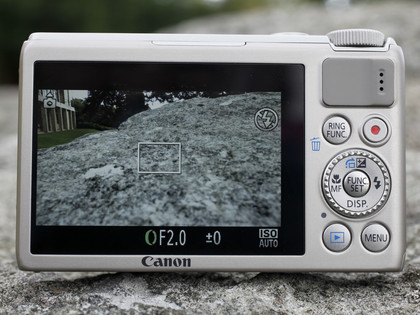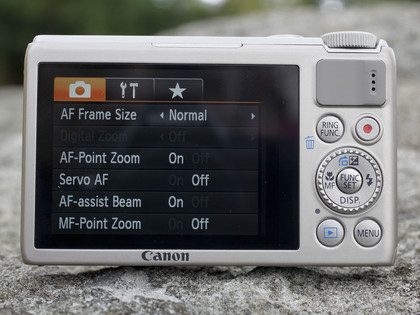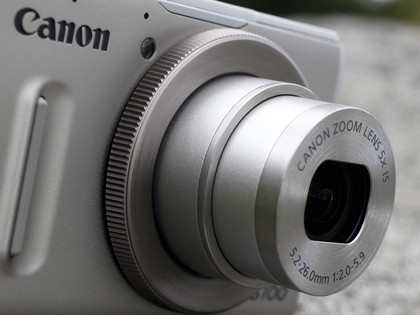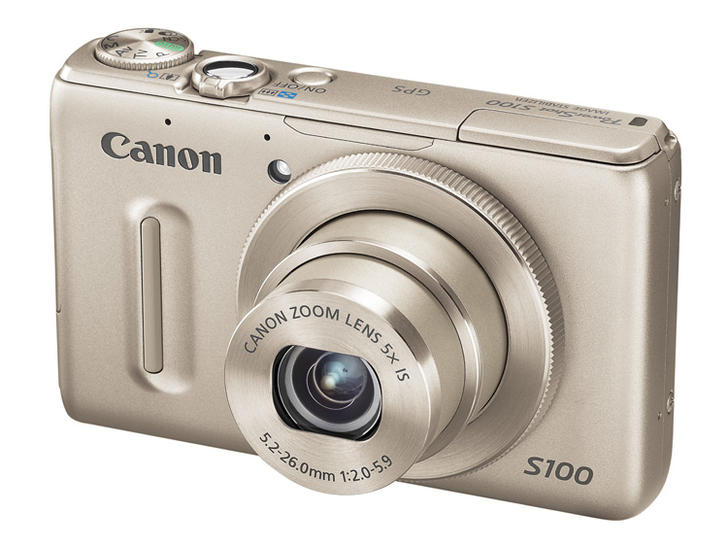Why you can trust TechRadar

The S100 boasts a number of new features that help to improve its performance in comparison to the older S95.
One such feature is the expanded set of AF options: in addition to Face AiAF (face detection) and Tracking AF for moving subjects – which works well at keeping up with moderately paced objects in motion – there's a new FlexiZone option, which provides a single AF point that can be repositioned or resized. This provides far greater control over the whole creative process, making it much easier to frame off-centre subjects, although the fact that this invaluable feature is hidden in the quick menu rather than having any means to access it directly is – we feel – a bit of an oversight.

Images shot using the S100's Auto setting are generally accurately metered, although the camera has a tendency to over-expose bright skies occasionally. That said, you can apply exposure compensation with ease – as well as use the built-in three-stop digital ND (neutral density) filter, which means any exposure problems can be quickly remedied as you shoot.
The AF system is very responsive, and the AF assist bulb on the front of the camera prevents the S100 from slowing down too much in low light.
Helpfully, the lens's wide maximum aperture (f/2) means you won't have to use the flash or ramp up the ISO too often – as long as you stick at the wide end of the camera's focal range. The maximum aperture drops to f/5.9 as you zoom in, which means there's a drop in responsiveness (and sharpness) when shooting with the lens at the maximum extension, particularly if the lighting is less than ideal.

The various scene modes on offer cover a good range of photographic situations, with Handheld NightScene, Smart Shutter (face detection) and Underwater mode (special waterproof housing required) accompanying the usual portrait, landscape, and so on.
The Effects menu contains a selection of creative options including an HDR mode, plus effects such as Nostalgic, Fish-eye, Miniature, Toy Camera, Monochrome, Super Vivid, Poster, Color Accent and Color Swap. Each option applies a distinctive look to an image – some of which are more palatable than others. In HDR mode the camera takes a trio of shots in succession and combines them in-camera: a process that all occurs fairly swiftly, and can generate some good results, but you do need to watch out for ghosting caused by camera or subject movement.
Images shot at sensitivities up to ISO1600 remain pleasantly detailed, with noise being impressively well-controlled up to this point. The top two sensitivities contain more visible noise; however, the S100 still beats its rivals – as well as its big brother, the PowerShot G12 – at this level. Raw files can be cleaned up quite considerably to produce good prints, while the noise reduction – which affects the sharpness of high-ISO shots straight out of the camera – can be manually set to low, standard or high if you're shooting JPEGs.
Current page: Performance
Prev Page Build quality and handling Next Page Image quality and resolution